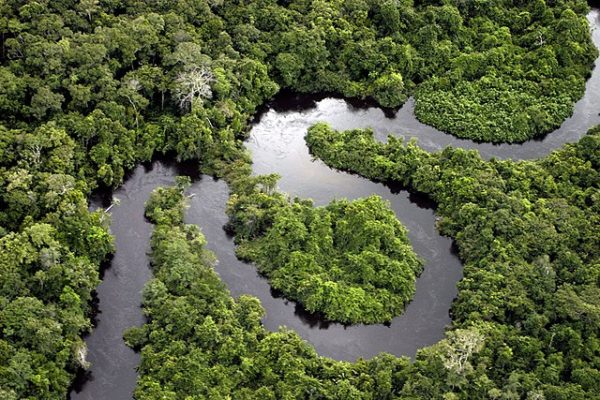I wish I could have joined Will Benson and his intrepid crew in the Amazon rainforest of Ecuador.
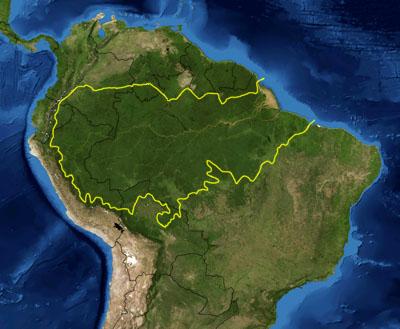
They spent almost a month in one of its wildest, most inaccessible areas, installing about 50 remotely-operated cameras to trees, at nesting sites and on animal trails to film its exotic wildlife in real time. Benson’s documentary, Undercover in the Jungle, the latest installment in PBS’ “Nature” series, is an eye opener. It will be broadcast on Wednesday, October 16 at 8 p.m. (check local listings).
He doesn’t state where exactly they set up camp, but it took them four days to get there from their base somewhere in Ecuador. Benson, a zoologist, naturalist and filmmaker, only says it’s a remote corner of the jungle that has to be discovered.
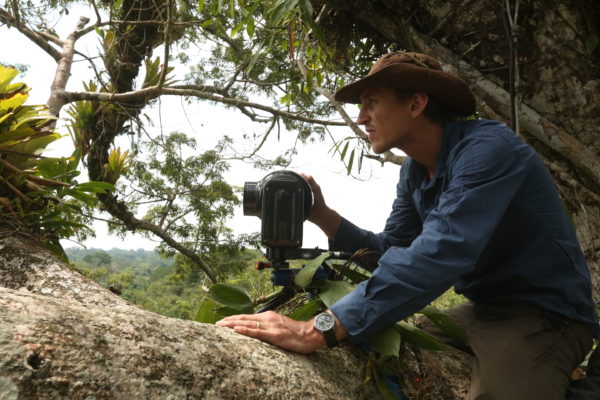
Describing the area as a “jungle metropolis,” Benson, in his introductory remarks, says he can’t wait to meet its millions of remarkable inhabitants. Neither can I. Some years ago, I visited the Amazon rainforest in central Brazil, but aside from crocodiles resting in mangrove swamps, croaking frogs breaking the solitude of the night, pirañas lurking in a river, and flocks of brightly-colored birds flapping their wings in flight, I did not see a single creature in the jungle.
So I was curious what Benson’s cameras, rolling 24/7, would pick up.
Quite a lot, as it turns out.
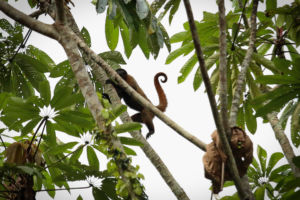
Swarms of insects, including lemon ants, and a colony of bats in a cave. Collared peccaries rooting around in a muddy watering hole. Pygmy marmosets, the smallest known monkey, clinging to the bark of a tree with their sharp nails and sucking up sap from holes. Woolly monkeys foraging for leaves and fruit high up in trees and making death-defying leaps from branch to branch. A jaguar and a puma pausing in a clearing. A Great Black hawk waiting to pounce on its prey. Cold-blooded Yellow-Spotted turtles soaking up the hot sun. Vultures swoop down on carcasses. Clouds of butterflies filling the air.
Benson could not have captured these scenes had he been moving around noisily with a hand-held camera. He surely would have scared off his subjects.
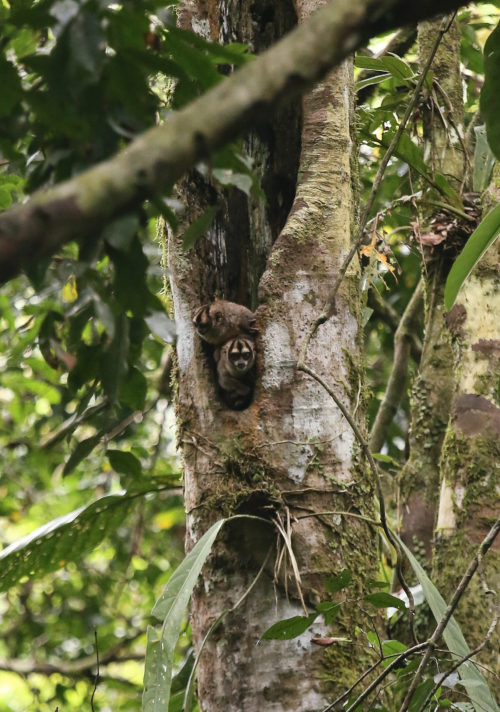
He and his team, however, did run into problems.
Lugging their heavy equipment into the rainforest, the air saturated with moisture, microbes and spores, was an exhausting task. Days of torrential rain threatened to upend their project. Daytime temperatures reaching 100 degrees took a toll. Bugs tormented them.
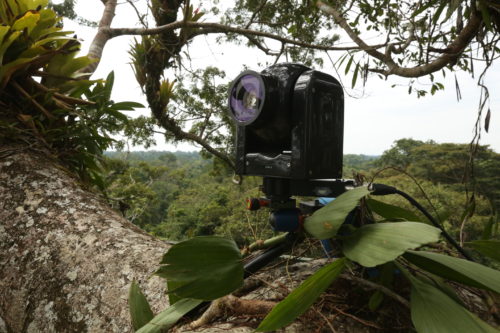
As Benson reflects on his intensely satisfying trip, he observes that the rainforest pushed him and his colleagues to the limit, rendering it a “humbling experience.”
Stepping back a bit, he describes his documentary as a “snapshot” of the multitude of life in the teeming jungle, a reminder of how much more there is to learn in this “magical Eden.”
Words well spoken.
